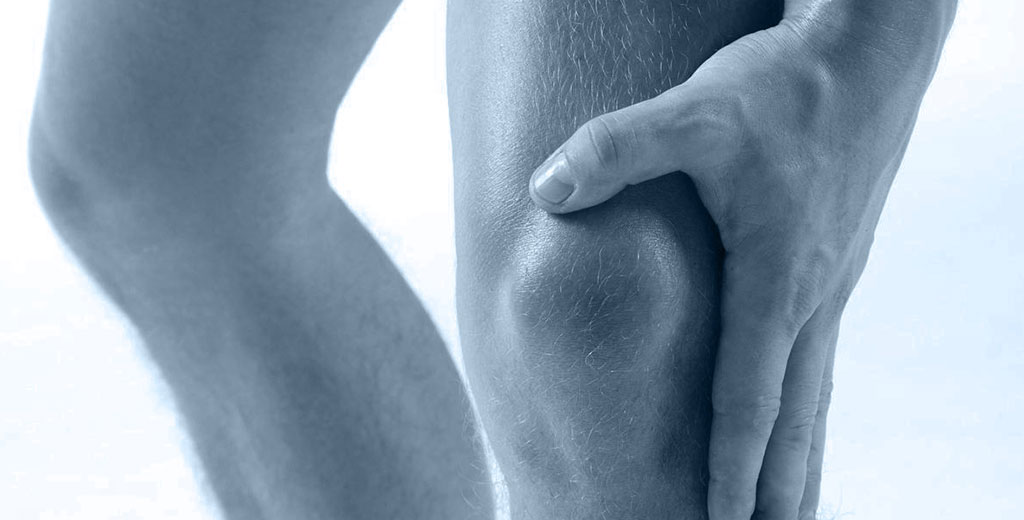The squat is one of the most commonly used exercises in patellar tendinopathy rehabilitation, as it strengthens the quadriceps and improves the tendon’s load tolerance.
However, to prevent relapses or stagnation, tendon loading must be progressive.
One of the most critical factors to control during the squat is range of motion (ROM). But how does it influence muscle activation? Could it lead to excessive patellar tendon stress?
mDurance EMG helps measure and optimize tendon load at every phase of rehab.
In this post, you will discover how muscle activation changes depending on the range of motion and why it is crucial so that your patient achieves safe and effective rehabilitation.
Muscle Synergy in the Squat & Its Impact on the Patellar Tendon
The squat is a high knee extension torque movement, where the expected muscle synergy is:
✅ Quadriceps > Hamstrings
The quadriceps play the main role, generating the knee extension required to rise from the squat.
However, an excessively dominant quadriceps can increase patellar tendon tension, leading to excessive load—especially in early rehab stages.
How Does Squat Depth Affect Quadriceps Activation?
To understand how ROM affects quadriceps activation (and patellar tendon stress), let’s analyze three squat variations and their impact on muscle activation:
1. Partial Squat (Initial Range)

Activation Ratio: 3.17 (Favoring Quadriceps)
Moderate quadriceps activation, allowing the patellar tendon to tolerate load without excessive stress.
Recommended for early rehab stages.
2. Squat to 90 Degrees

Activation Ratio: 3.48 (Quadriceps Activation Increases 🔼)
Deeper squat = higher quadriceps activation → increasing patellar tendon load.
Useful in intermediate rehab stages but must be progressed carefully.
3. Deep Squat

Activation Ratio: 4.55 (Significantly Favoring Quadriceps 🔼🔼)
Quadriceps activation triples compared to partial squats, especially in the rectus femoris.
Highest patellar tendon load → only recommended in advanced rehab stages when the tendon is ready for high mechanical demands.
Conclusions: How to Progressively Load the Patellar Tendon
Tendon loading should be progressive to ensure a safe and effective rehab process.
- 1️. Start with limited ROM in early rehab.
- 2️. Gradually increase depth, monitoring tendon tolerance.
- 3️. Control knee extension torque to avoid harmful motor patterns.
Surface EMG optimizes squatting mechanics & prevents overload by:
- ✔ Identifying unwanted hyperactivations.
- ✔ Adjusting load based on the patient’s muscular response.
- ✔ Ensuring safe, progressive rehab.
See you in the next post! 😊

